Discovery of Insulin – World Diabetes Day
World Diabetes Day Celebrates Dr. Banting and the Discovery of Insulin

Dr. Banting and Charles Best began their experiments ligating the pancreases of dogs, thinking this would prevent destruction by the digestive pancreatic juices, and then isolating the extract from the islet cells. They then processed the extract from the islet cells and injected this extract they called “insulin” into diabetic dogs. According to an audio Interview with Dr. Best, by July 1921, they had 75 positive examples of insulin lowering blood glucose levels in dogs.

Here are some photos of the first insulin bottles produced by the University of Toronto and Eli Lilly.
Soon, word of their discovery got out and the race was on to produce enough insulin to treat the flood of type 1 patients arriving in Toronto to receive this miracle injection.
But, as with any amazing discovery, there is always more to the story.
One of the biggest barriers to Banting was the simple fact that he was not involved in the field of diabetes research. The idea leading to the discovery of insulin came to him after preparing a lecture on the pancreas and diabetes, a subject he knew little about. He wasn’t a trained researcher and thus securing support for the project was initially difficult.
First Patients to Receive Insulin
The first patient to receive insulin was a ‘welfare’ case at Toronto General Hospital – no clinical trial structure to say the least. People from Canada/US flooded into Toronto to receive treatment. Banting struggled with the lack of accessibility of insulin – volume needed, issues of purification.
The earliest patients were “selected”, some youths from Canada/US, some soldiers with diabetes (probably because of Banting’s service in the First World War) and then later some select private patients. During this time they were working hard to increase the volume and continue to improve the purification process. Insulin was available for testing in US, namely through Dr. Elliot Joslin in the late summer 1922.
Takes a Team

Dr. Banting – Fun and Interesting Facts
- Sold insulin patent for $1
- Was wounded during the First World War and received the Military Cross
- Youngest Nobel Laureate in Medicine
- First Canadian on the cover of Time Magazine
- Among the last Canadians to receive a knighthood and have the title Sir Frederick Banting
- One of only two “non-Americans” to have a Second World War Liberty Ship named after him (USS Frederick Banting)
- Has as a crater on the Moon named after him (between Apollo 15 & 17 landing sites).
Want to Learn More About the Dr. Banting?
Visit Banting House FaceBook Page
“Metformin Particularly Effective in Those With History of GDM”
Metformin Particularly Effective in Those With History of GDM – check out this article written in Medscape for more information.
These latest findings come from the Diabetes Prevention Program (DPP) and its extension phase.
After 15 years from the start of DPP, women with a history of gestational diabetes taking metformin still had a 41% reduced risk of type 2 diabetes, compared with an 11% reduction in parous women with no history of gestational diabetes.
This contrasts with an overall effect of metformin in reducing the risk of type 2 diabetes by 18% in the study cohort as a whole.
“The overall results reinforce the long-lasting efficacy of metformin in reducing the development of diabetes and support its more widespread use as a prevention measure in those at high risk,” said David M Nathan, MD, director of the Diabetes Center at Massachusetts General Hospital, Boston, the study chair of DPP, who presented these latest results at the conference.
Asked for comment, Shubhada Jagasia, MD, professor of medicine and vice chair of clinical affairs in the department of medicine, Vanderbilt University Medical Center, Nashville, Tennessee, told Medscape Medical News that these new data should help doctors to target metformin treatment to those who will benefit most.
Women with a history of GDM who developed prediabetes that were started on Metformin decreased risk of developing type 2 diabetes by 41% at the 15 year mark. Wow.
Interested in learning more about women and diabetes? Check out our Online University course:
Level 2 – Women and Diabetes 1.0 CEs – $19.00
Women with diabetes are confronted with a variety of issues that require special attention, education and understanding. This course reviews those special needs while focusing on Gestational Diabetes and Pre-Existing Diabetes.
Meds Update for 2017
There has been a lot of action at the FDA this year. Several novel insulin combination medications were approved as well as the first “bio-similar” insulin, Basaglar.
We have kept our Diabetes Pocket Cards Up-to-Date on the CDCES Coach App and on our PocketCard Download Page.
New Insulin / GLP-1 Combo Pens
The FDA released the final dosing strategies and guidelines for IDegLira and iGlarLixi. These pen devices will be expensive for those without insurance coverage.
They offer users a unique opportunity to inject a once-a-day combination of basal insulin plus a GLP-1 Combination which has been show to effectively lower A1c in Type 2 Diabetes with less weight gain and hypoglycemia than with insulin alone.
? Download Free Insulin and Injectables PocketCard
Insulin Updates
Basaglar has launched. This “copycat” basal insulin has the same amino acid sequence as Lantus. The list price, $316.85 for a pack of 5 pens is a 15% discount to Lantus and Toujeo, a 21% discount to Levemir, and a 28% discount to Tresiba.
Oral Medication Updates

Actos (pioglitazone) a new study seems to confirm that Actos may pose an increased risk for bladder cancer. A study published in BMJ earlier this year reported a 63% higher risk for bladder cancer with Actos. Patients on Actos should report andy signs of bladder cancer (such as blood in the urine) and avoid if they have had a history of bladder cancer.
Synjardy XR – A new once-a-day combo medication was recently approved. Synjardy XR (empagliflozin and metformin XR). This medication reduces blood glucose and decreases risk of CV death without weight gain or hypoglycemia.











